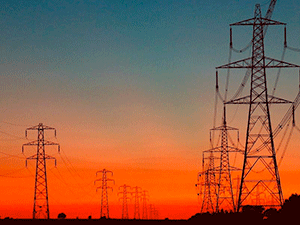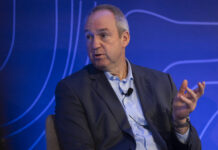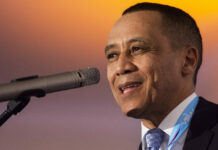
[miningmx.com] – ESKOM CEO Tshediso Matona is a voluble speaker who in his short tenure at the utility has tended to over-present, but he last week demonstrated in a trice why governments shouldn’t run businesses.
Speaking at the State of the System first quarter update, Matona said only now, after three months at Eskom, was he fully appreciative of the utility’s problems.
Hadn’t he known whilst he was director-general of the public enterprises department, the goverment unit to which Eskom directly reports?
No, he said, adding: “When you are on the other side, you are not operational. The sort of issues that you are dealing with are practical operational issues.
“Even if Eskom was a private company, the shareholders don’t get involved in that level of detail,” he said.
Oh but they do. Institutional investors in listed and privately held companies are closely aware of ‘that level of detail’, especially if the detail in question relates directly to the sustainability of the company.
Sell-side analysts are paid to pour over a company’s operational details on behalf of institutional shareholders who employ their own analysts for good measure. Financial results, even those as vast and complex as Glencore, BHP Billiton and Anglo American, are presented in a granular manner.
In the case of Eskom, the issue at heart was government’s interest in ‘keeping the lights’ on from 2009 until mid-2013, the date when the utility is understood to have taken a decision to accelerate maintenance even if it meant load-shedding.
According to Matona, the South African government had a keen interest in making sure the Fifa World Cup in 2010 was a success. South Africa would not have been the country today without that success, we are told.
The reality is more likely that government wanted to give the impression Eskom was in better shape than it really was. Anyway, was it necessary to defer crucial maintenance for four years in order to safeguard the success of the four-week World Cup?
As a shareholder, the South African government is the worst kind a company in the business of making a profit would want. It is driven by ideology.
Were Eskom a private business, it would have been deemed structurally unwieldy many moons ago which would have led it to be deconsolidated, or streamlined, or both.
Instead, the South African government clings desperately to Eskom pretending that this is the best way it can only serve the country’s population.
So it’s with some irony that one of the possible solutions set down in the rescue package, over which deputy president Cyril Ramaphosa now presides, is the parachuting in of independent power producers.
The private sector has bemoaned, coaxed, criticised, urged the issue of IPPs for more than five years whilst Eskom has dithered, hoping its 8,000MW in new build projects would save the day, even though it hasn’t built a new installation in over 20 years.
It seems all too late now; the horse has bolted. What we’re committed to now is a period of prolonged, capital-sapping load-shedding.
Matona said South Africa needs to find 3,000MW to 5,000MW of electricity capacity to give it enough breathing room to conduct all the maintenance it needs to do on its old fleet of power stations.
Quite where this will come from is anyone’s guess considering that the first unit of Medupi, due to become commercial in June, feeds less than 800MW into the grid, while the first unit of Kusile looks like being another six to 12 months late – a rescheduling about which Matona seemed to know little.











